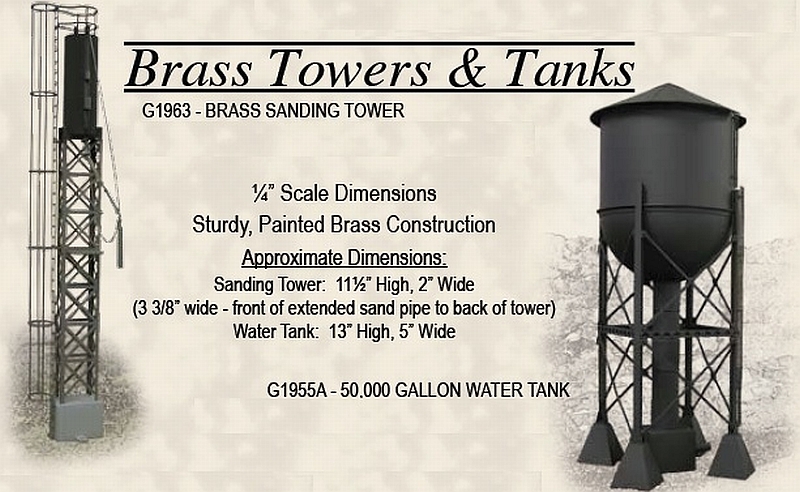I see that many layouts feature coaling towers capable of loading tenders on two tracks. How about the water supply? I usually only see wooden water towers for one track. what about the other track? I've seen an illustration where there was a water pipe/spout between the tracks fed by underground piping leading to a water tower in the vicinity. The spout could turn either way to supply both tracks. I have not seen a model of such a water spout between the tracks. Anyone create a scene like that? are there any Lionel or MTH water pipes/spouts like that?
thanks







